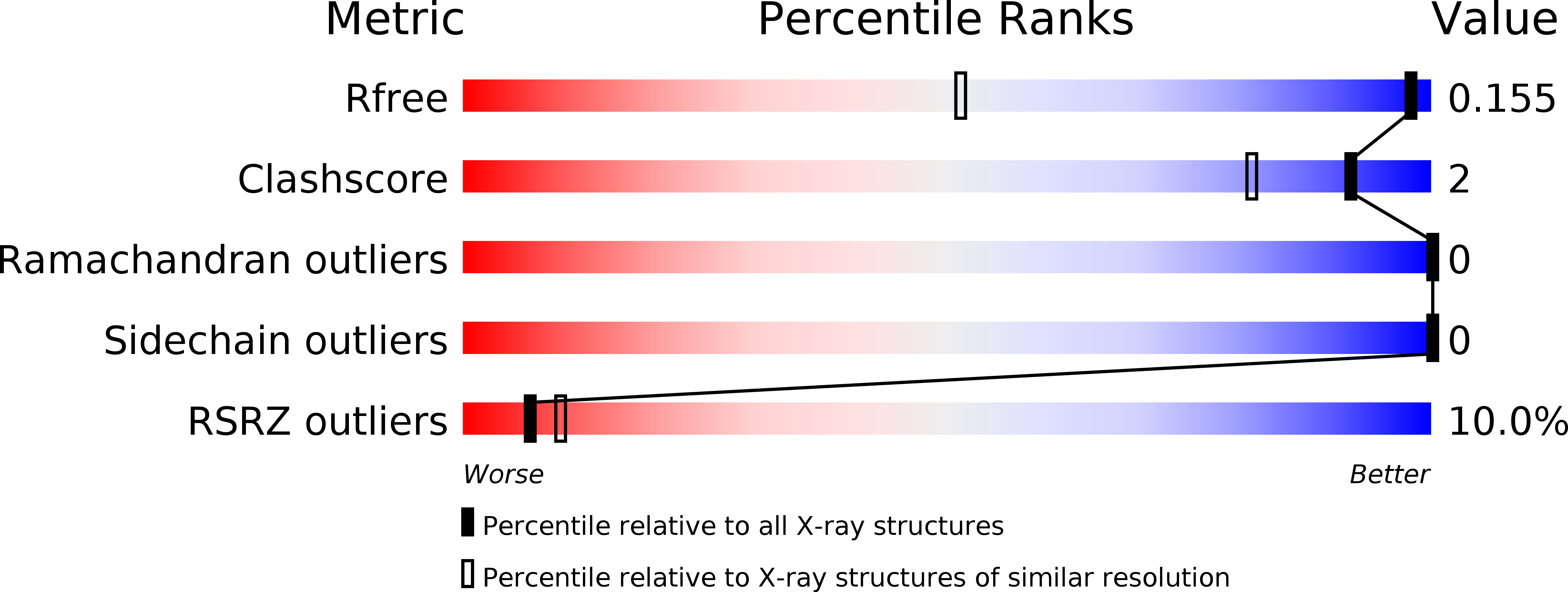
Deposition Date
2019-02-27
Release Date
2020-03-04
Last Version Date
2024-11-20
Entry Detail
PDB ID:
6JK2
Keywords:
Title:
Crystal structure of a mini fungal lectin, PhoSL
Biological Source:
Source Organism:
Pholiota squarrosa (Taxon ID: 75321)
Host Organism:
Method Details:
Experimental Method:
Resolution:
1.06 Å
R-Value Free:
0.15
R-Value Work:
0.13
R-Value Observed:
0.13
Space Group:
P 63


